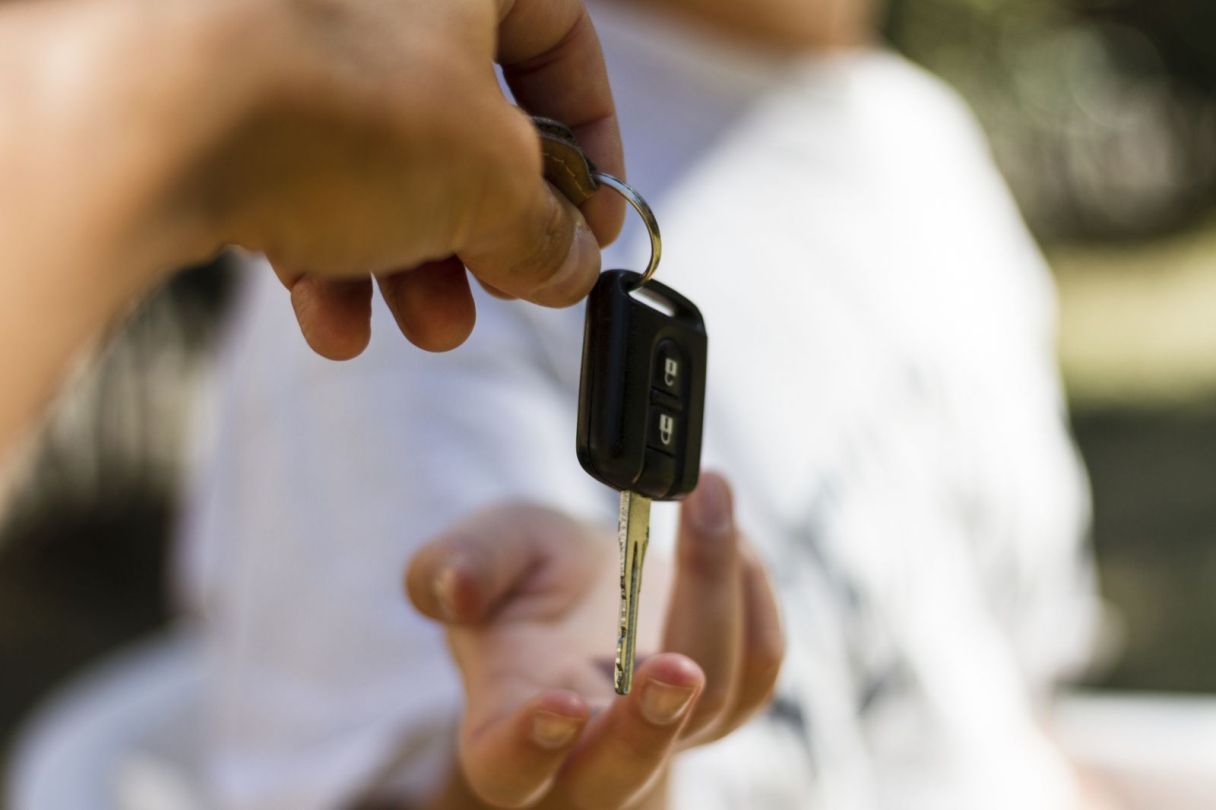Falling behind on car payments can feel overwhelming, especially when repossession becomes a reality. Losing your vehicle doesn’t just disrupt your daily routine—it can make getting to work, running errands, or taking care of your family much harder. On top of that, it’s a financial hit that can hurt your credit score and leave you with extra fees to pay.

But you’re not out of options. Whether you’re looking to negotiate with your lender, settle the balance, or reclaim your car through an auction, there are ways to recover. The sooner you act, the more control you’ll have over the situation. This guide will walk you through the steps to get your car back and protect your financial future.
How Car Repossession Works
Repossession occurs when a borrower defaults on their car loan and the lender takes back possession of the vehicle. The process typically begins when a borrower misses one or more car loan payments.
The lender may reach out with alternatives before repossessing the vehicle when you default on your auto loan. You may receive a Section 80 Notice that specifies the amount required to bring the loan current. It also includes the last day to pay this amount before the lender takes further action.
You will find that most lenders are willing to make payment arrangements if the hardship is temporary. But if you’re sure you won’t be able to catch up on the missed payments, you can return the vehicle to the lender. This is called a voluntary auto repossession.
However, this may not always be the case, especially if you live in a state that allows lenders to repossess a vehicle the moment you become delinquent on the car loan. Furthermore, keep in mind that failure to obtain an adequate auto insurance policy could be considered defaulting on the car loan and result in repossession in select states.
How to Get Your Car Back After Repo
If your car was repossessed, take the following actions:
Step 1: Know Your Rights
First, call your auto lender immediately to see why they repossessed your vehicle. It’s also a good idea to understand your rights to know how to best proceed. By law, the repossession company hired by the lender cannot:
- Retain ownership of or sell any personal property that’s in the vehicle at the time of repossession.
- Breach the peace, which could entail “using or threatening to use physical force against you to take the car back [or] repossessing the car from your closed garage,” notes NOLO.
- Damage your vehicle or property when repossessing your vehicle. This is also classified as “breaching the peace”.
If the repossession company has violated your rights or “breached the peace,” it’s best to seek legal counsel. This is also a viable option as you can sue and collect proceeds for damages.
Contact your State Attorney General or local consumer protection agency to learn more.
Step 2: Ask Your Lender How to Get Your Car Back
The next step is to ask your lender how to get the car back. In most instances, you should expect one of the following:
Loan Reinstatement
Caught off guard by the repossession? In most states, the lender will return the vehicle to you if you cover the outstanding balance plus repossession costs. (You should expect to at least cover the cost of towing, storage fees, and attorney fees incurred while the car was in the lender’s possession).
But what if you were aware of the lender’s intentions to repossess the vehicle because they had reached out via phone or communicated in writing? In this case, you’d need to meet their terms and conditions of reinstatement to retrieve the vehicle.
Before you choose to reinstate the loan agreement, run the numbers to ensure it’s the best move for your financial situation. If you anticipate having trouble keeping up with the monthly payments, car insurance, gasoline, and maintenance costs, it may not be a good idea to reinstate it. Doing so could result in even more financial issues and damage to your credit scores.
Redemption
What if the lender doesn’t allow you to reinstate the loan? You may be able to redeem your vehicle by paying off the outstanding balance, fees, and any other costs associated with the repossession process.
Buy Your Car at the Auction
In most instances, lenders auction off repossessed vehicles and use the proceeds to pay on the car loan since it’s highly unlikely most who are in default can afford to redeem their loans. If you’re set on getting your car back after repossession, you have the option to attend the private sale or auction and purchase the vehicle. But, you’ll have to pay the asking price in full and cover any applicable fees.
*Quick note: If your car hasn’t yet been repossessed, but the threat is looming, reach out to your lender right away and communicate your intention to bring the account current. You may be able to catch up on your past-due payments by setting up a new payment plan with your lender.
Explain your situation as they may have a hardship program you can participate in. Doing so not only saves you the boatload of fees that come with car repossession but also helps protect your credit rating.
Step 3: Work on Rebuilding Your Credit
Unfortunately, a repossession will result in a negative mark on your credit report for up to seven years. The good news is by taking the proper actions from now on, like making timely payments on all your other debts and reducing balances, your score will recover sooner than later.
Furthermore, consider applying for a secured credit card or credit-builder loan, like Self, to show positive payment history on your credit reports.
Quick note: you may be able to get the repossession removed from your credit report by following the advice included in this guide.
Step 4: Prevent Future Repossession
Once you’ve recovered your car, it’s essential to avoid falling behind on payments again. Consider these steps to prevent future financial issues:
- Create a budget: Ensure you can cover your monthly car payments and other expenses.
- Communicate with your lender: If you face financial difficulties, reach out to your lender as soon as possible to explore options like payment deferrals or loan modifications.
- Refinance your loan: If your payments are too high, refinancing could help lower them.
By staying proactive, you can protect your financial health and avoid the stress of another repossession.
Do I still have to pay if I don’t get the car back?
If you’re unable to get the repossessed car back and it’s sold to another party, you’re still on the hook for the difference between the outstanding balance and proceeds from the sale. This amount is referred to as the deficiency balance. To illustrate:
| OUTSTANDING LOAN BALANCE | SALES PRICE | DEFICIENCY BALANCE |
|---|---|---|
| $11,000 | $8,000 | $3,000 |
| $15,000 | $12,000 | $3,000 |
| $17,000 | $16,500 | $500 |
Note: The lender may tack on repossession fees to the deficiency balance.
What happens if you’re unable to reach an agreement with the lender to pay off the remaining loan balance or settle the balance for less than what’s owed? It will most likely go to collections and be reported to the credit bureaus and linger on your credit report for seven years.
What if I’m planning to file for bankruptcy?
Filing for bankruptcy could allow you to keep your car, even if you’re delinquent on the car loan. Why so? Well, filing automatically makes it mandatory for lenders to seek permission from the court to repossess your ride. But you must file before the lender sells your car at auction to have the best shot at retaining ownership of the vehicle. Contact a bankruptcy attorney to get more details.
Bottom Line
Losing your car to repossession can be stressful, but there are steps you can take to recover it. Whether you reinstate the loan, redeem the vehicle by paying the balance, or buy it back at auction, acting quickly is essential to minimize costs and secure your car.
Be sure to understand your rights, communicate with your lender, and explore the best option for your financial situation. Once you get your vehicle back, focus on preventing future issues by creating a solid budget and working with your lender during financial hardships. Taking these proactive steps will help you stay on track and avoid repossession in the future.




